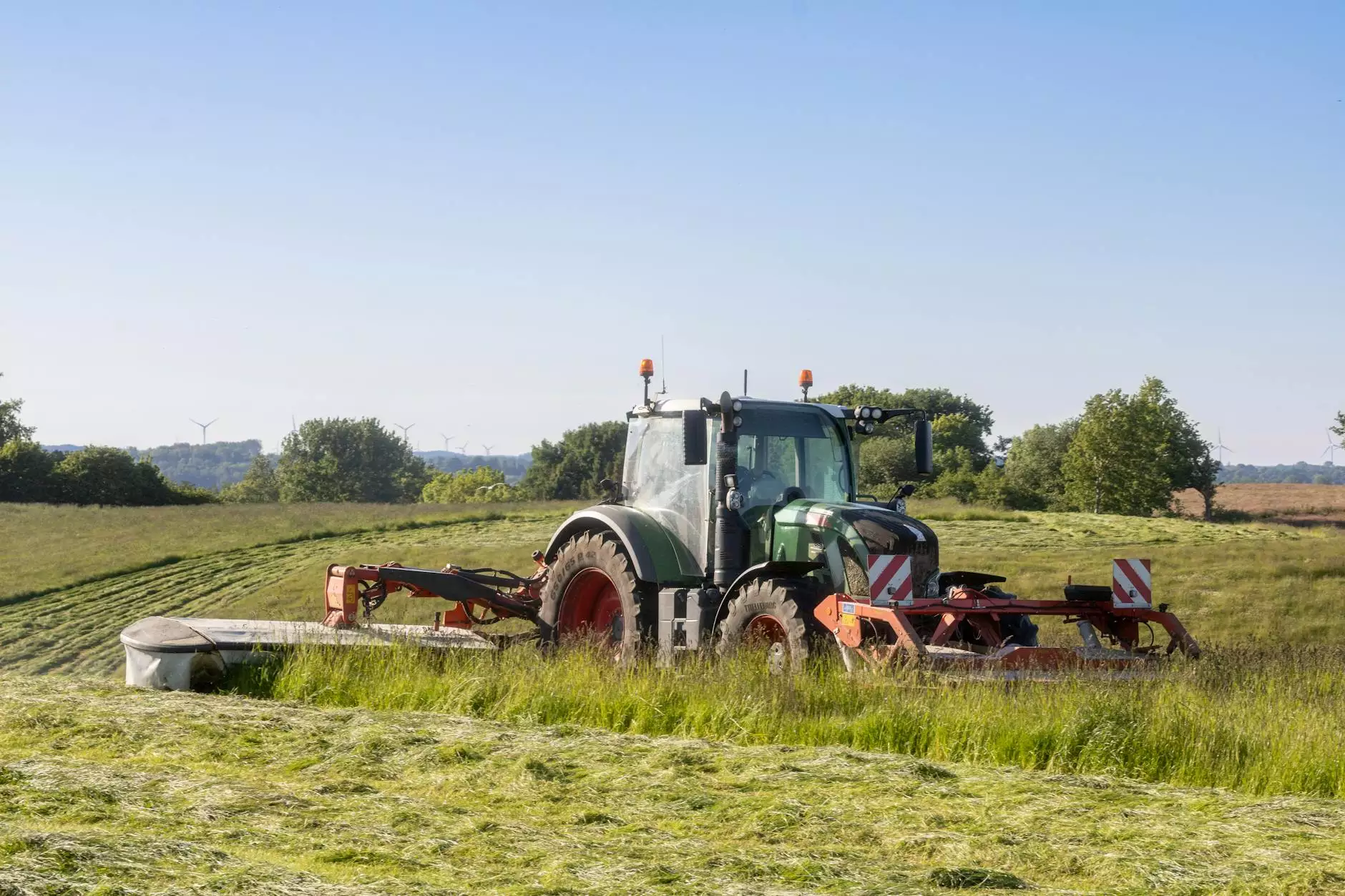How soon should you mow after it rains?
Blog
Keeping your lawn looking lush and well-maintained requires proper care and attention. One important question many homeowners have is, "How soon should you mow after it rains?" At Emerald Green Lawn & Landscape, we understand the importance of timing your mowing routine and we're here to provide you with expert advice to help you achieve a pristine lawn.
Understanding the Impact of Rain on Your Lawn
Before we delve into the best time to mow, let's explore why rain has an impact on your lawn. Rainfall can have both positive and negative effects on your grass. On one hand, it provides much-needed moisture, aiding in healthy growth and preventing drought stress. On the other hand, excessive rain can lead to waterlogged soil and create ideal conditions for weed growth and fungal diseases.
While a light drizzle won't significantly affect your mowing routine, heavy rainfall calls for some considerations. Mowing wet grass can result in clumps, uneven cutting, and even damage to your lawn mower. However, waiting too long to mow after a rainstorm can also impact the health and appearance of your lawn. So, what's the ideal timing?
Waiting for Optimal Conditions
It's generally recommended to wait until the grass has dried out a bit before mowing. This ensures a clean and even cut, allowing your mower to work efficiently and avoid clumping. The amount of time you should wait depends on various factors, such as the intensity of the rainfall, the type of grass you have, and the overall condition of your lawn. As a general guideline, waiting 24 to 48 hours after a moderate rainfall should be sufficient.
Assessing Lawn Conditions
While waiting for the ideal time to mow, it's important to assess the current state of your lawn. Here are a few things to consider:
- Grass Height: If your grass is excessively long, consider mowing it before the rain to prevent it from becoming overgrown and more difficult to handle after the rain subsides.
- Soil Moisture: Check the moisture level by pushing a finger into the ground. If the soil is soggy and water accumulates around your finger, it's best to wait longer for better draining conditions.
- Weather Forecast: Take into account the forecasted weather conditions. If more rain is expected in the coming days, waiting might be a wise choice to prevent damage from mowing on saturated soil.
Tips for Mowing After Rainfall
Once you've determined that the lawn is sufficiently dry, here are some tips to keep in mind when mowing after rainfall:
- Sharpen Your Mower Blade: A sharp blade ensures a clean cut and reduces stress on the grass. Dull blades can tear the grass, making it more susceptible to diseases.
- Set the Right Mowing Height: Adjust your mower's cutting height according to the recommended level for your grass type. Cutting it too short or too long can lead to damage and weaker growth.
- Remove Excess Debris: After heavy rainfall, your lawn may have accumulated debris like fallen leaves or branches. Clearing them away before mowing will prevent them from interfering with the cutting process.
- Take Your Time: Mowing wet grass can be more challenging, so take it slow and make sure to walk at a steady pace. This will ensure a more even cut and prevent unnecessary strain on your mower.
Conclusion
In summary, timing is key when it comes to mowing your lawn after rainfall. Waiting for the grass to dry out sufficiently, usually 24 to 48 hours, ensures optimal conditions for a clean cut. However, be sure to assess the specific conditions of your lawn and take into account factors like grass height, soil moisture, and the weather forecast. By following these tips from Emerald Green Lawn & Landscape, you'll be able to maintain a healthy and vibrant lawn all season long.










